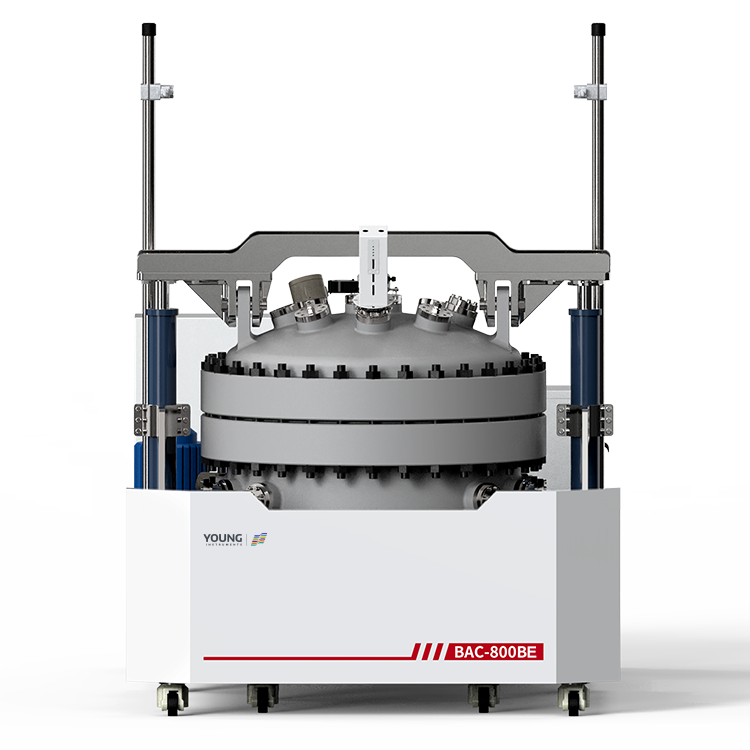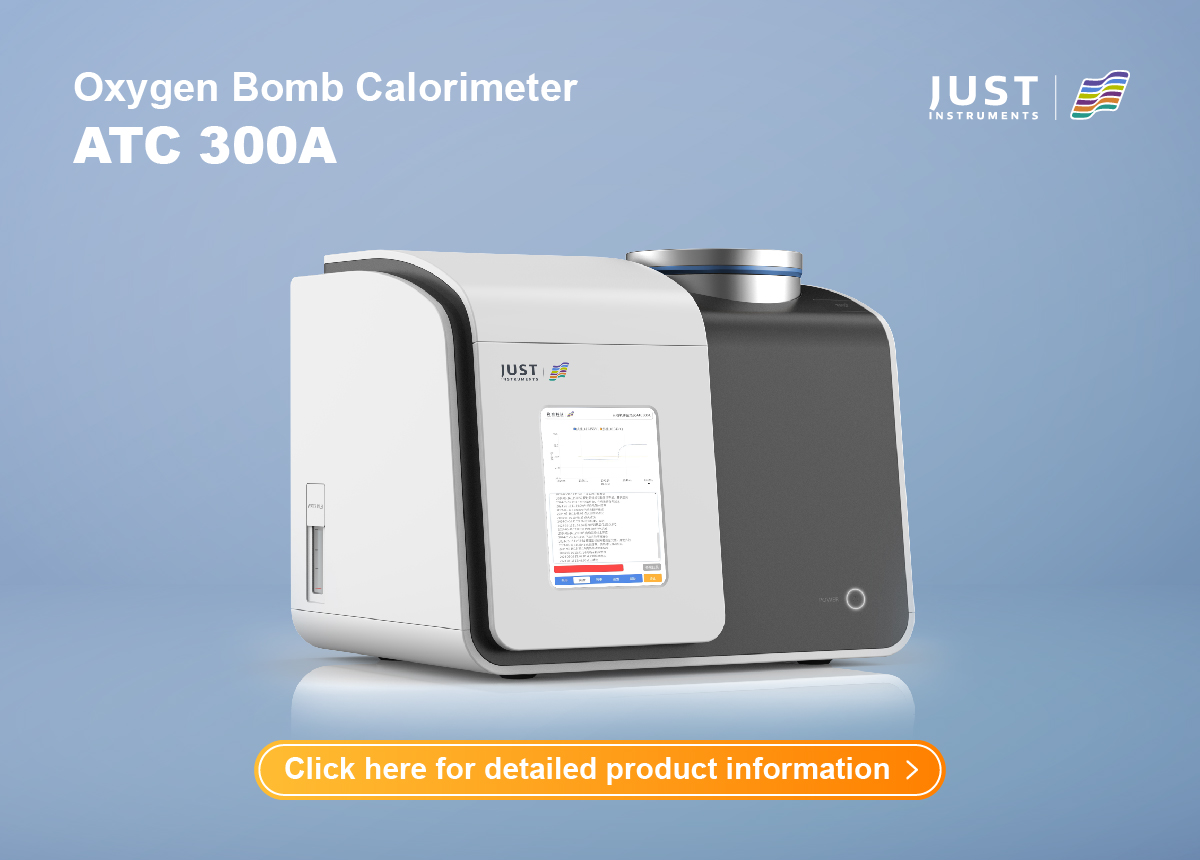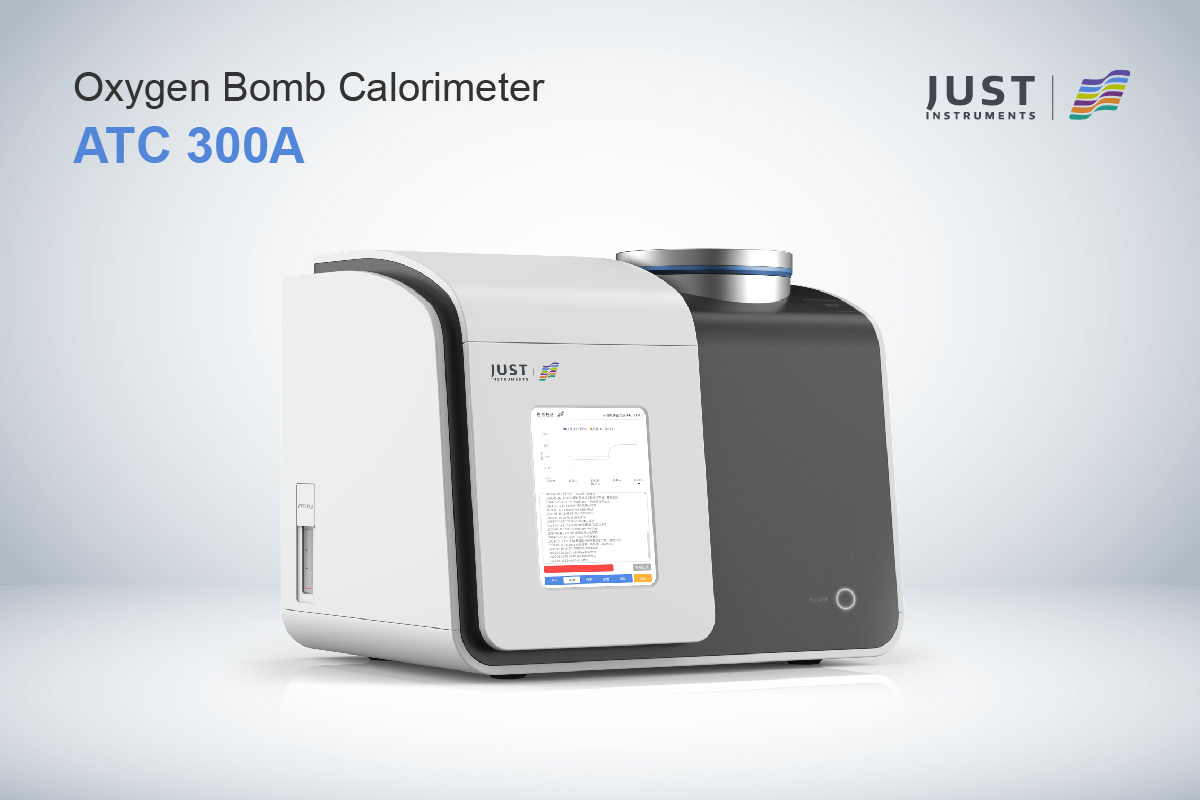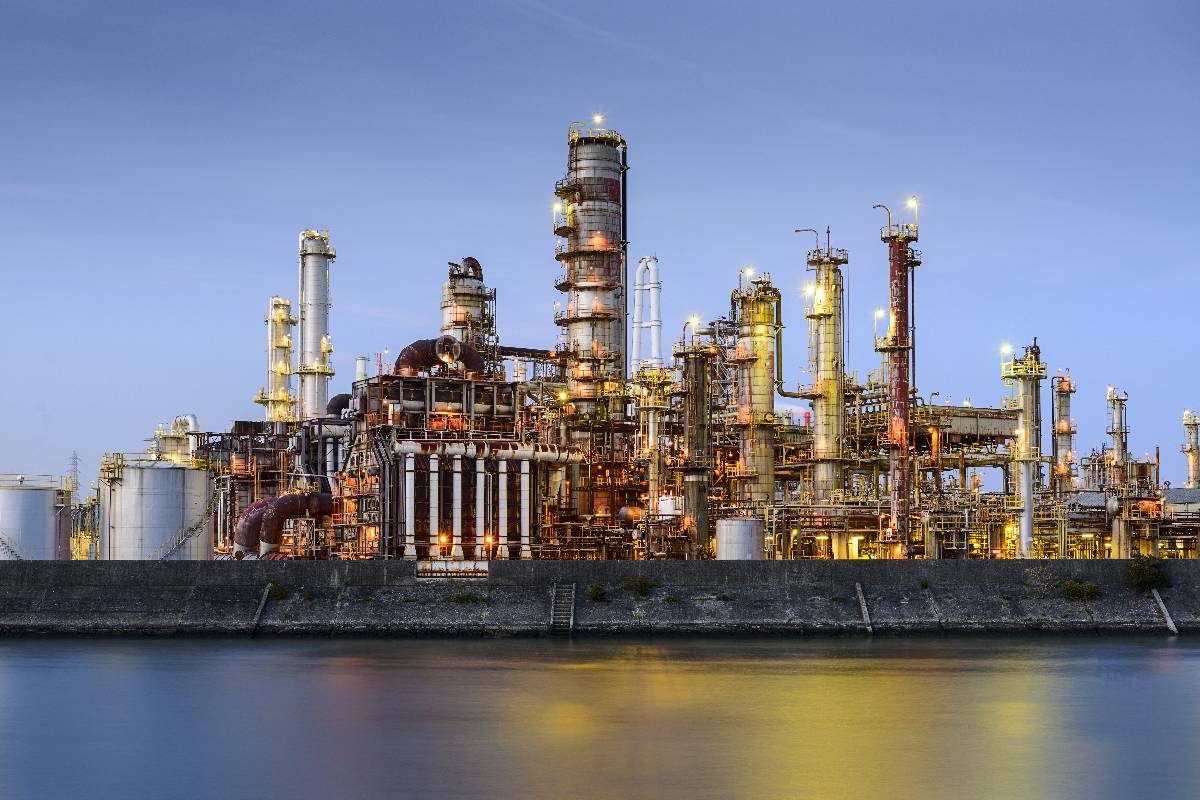Automatic Calorimeter: A Comprehensive Guide to Understanding and Using It
Automatic calorimeters are devices used to measure the heat of combustion of a sample. They are widely used in various industries, including food, pharmaceuticals, and energy. Unlike manual calorimeters, automatic calorimeters have the advantage of being faster, more accurate, and require less operator intervention.
The fundamentals of calorimetry involve measuring the heat released or absorbed during a chemical reaction or physical change. Automatic calorimeters use the principle of adiabatic calorimetry, where the sample is burned in an oxygen-rich environment, and the heat released is absorbed by the calorimeter. The temperature change of the calorimeter is then measured and used to calculate the heat of combustion of the sample.
Design and working principle of automatic calorimeters can vary depending on the manufacturer and model. However, most automatic calorimeters have a similar design, consisting of a combustion chamber, a water jacket, and a thermocouple. The sample is placed in the combustion chamber, which is then pressurized with oxygen. The sample is then ignited, and the heat of combustion is absorbed by the water jacket surrounding the combustion chamber. The temperature change of the water jacket is then measured by the thermocouple and used to calculate the heat of combustion of the sample.
Key Takeaways
- Automatic calorimeters are fast, accurate, and require less operator intervention compared to manual calorimeters.
- The principle of adiabatic calorimetry is used to measure the heat of combustion of a sample.
- The design and working principle of automatic calorimeters can vary depending on the manufacturer and model.
Fundamentals of Calorimetry
Calorimetry is a technique used to measure the heat transfer in a chemical or physical process. In a calorimeter, the heat released or absorbed during a reaction is measured by monitoring the temperature change of the system. This technique is widely used in various fields, including chemistry, physics, and biochemistry.
The basic principle of calorimetry is based on the First Law of Thermodynamics, which states that energy cannot be created or destroyed, only transferred from one form to another. In a calorimeter, the heat absorbed or released by a system is equal to the heat absorbed or released by the surroundings. This principle is used to calculate the heat transfer in a chemical or physical process.
Calorimetry can be divided into two main categories: constant-volume calorimetry and constant-pressure calorimetry. In constant-volume calorimetry, also known as bomb calorimetry, the reaction takes place in a sealed container with a fixed volume. The heat transfer is measured by monitoring the temperature change of the container. In constant-pressure calorimetry, also known as solution calorimetry, the reaction takes place in an open container at constant pressure. The heat transfer is measured by monitoring the temperature change of the solution.
Calorimetry is a powerful tool in determining the thermodynamic properties of a substance, such as enthalpy, entropy, and Gibbs free energy. It can also be used to determine the heat capacity of a substance, which is the amount of heat required to raise the temperature of a substance by one degree Celsius. Calorimetry has applications in various fields, including food science, environmental science, and material science.
Design and Working Principle
Core Components
Automatic calorimeters are composed of a few key components that enable them to measure the heat of combustion of a sample. The core components include:
- Bomb: A sealed container where the sample is burned in the presence of oxygen.
- Ignition System: A device that ignites the sample inside the bomb.
- Jacket: A surrounding container that holds water and helps regulate the temperature during the measurement process.
- Thermometer: A device that measures the temperature of the water surrounding the bomb.
- Measuring System: A device that measures the heat of combustion of the sample.
Measurement Process
The measurement process of an automatic calorimeter involves several steps. First, a sample is placed inside the bomb and the bomb is sealed. Next, the bomb is placed inside the jacket, which is filled with water. The ignition system is used to ignite the sample and the combustion process begins. As the sample burns, the heat is transferred to the water in the jacket. The thermometer measures the temperature of the water and the measuring system calculates the heat of combustion of the sample.
Automatic calorimeters typically operate in one of two modes: adiabatic or isoperibol. Adiabatic calorimeters measure the temperature rise of the sample without any heat exchange with the surroundings, while isoperibol calorimeters maintain a constant temperature by exchanging heat with the surroundings. The mode used depends on the type of sample being measured and the desired level of accuracy.
Overall, automatic calorimeters are reliable tools for accurately measuring the heat of combustion of a sample. By understanding the core components and measurement process, you can better appreciate the design and working principle of automatic calorimeters.
Applications and Uses
Automatic calorimeters have a wide range of applications in various industries. Some of the most common applications are discussed below.
Chemical Industry
In the chemical industry, automatic calorimeters are used to measure the heat of reaction, heat capacity, and enthalpy of various chemical reactions. This information is crucial for the design and optimization of chemical processes. Automatic calorimeters are also used to study the stability and shelf-life of various chemicals. The data obtained from automatic calorimetry can help chemists to develop new products and improve existing ones.
Pharmaceutical Research
In pharmaceutical research, automatic calorimeters are used to study the thermal behavior of drugs and drug formulations. This information is crucial for the development of new drugs and drug delivery systems. Automatic calorimeters can also be used to study the stability and shelf-life of drugs. The data obtained from automatic calorimetry can help pharmaceutical researchers to optimize drug formulations and improve drug delivery systems.
Food and Beverage Analysis
Automatic calorimeters are also used in the food and beverage industry to measure the caloric content of various food and beverage products. This information is crucial for food labeling and nutritional analysis. Automatic calorimeters can also be used to study the thermal behavior of food and beverage products. The data obtained from automatic calorimetry can help food scientists develop new products and improve existing ones.
In summary, automatic calorimeters have a wide range of applications in various industries. They are used to measure the heat of reaction, heat capacity, and enthalpy of various chemical reactions, study the thermal behavior of drugs and drug formulations, and measure the caloric content of various food and beverage products. The data obtained from automatic calorimetry can help scientists and researchers to develop new products and improve existing ones.







































